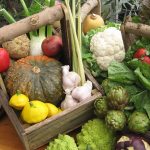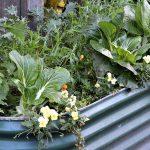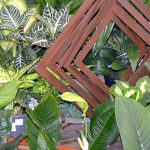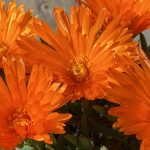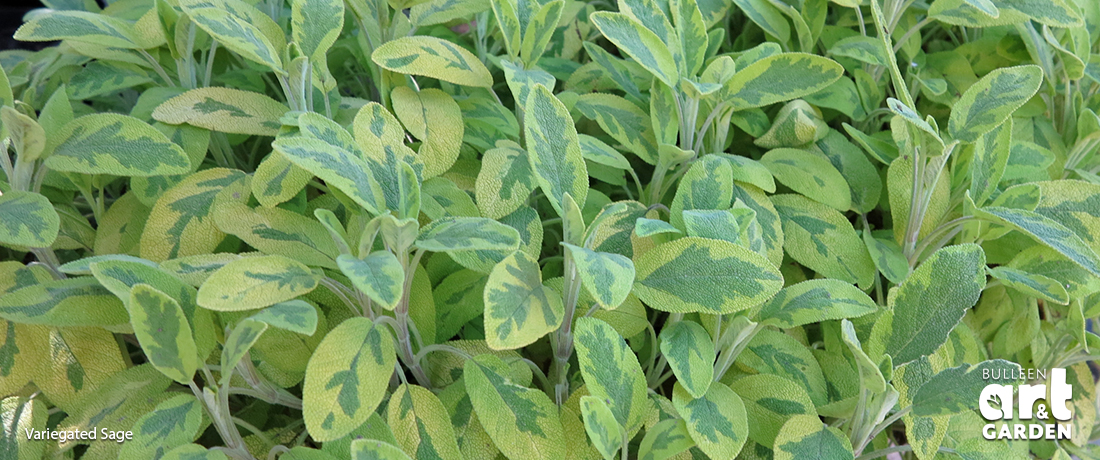
With Melbourne’s potential for very hot periods during summer, for exposed positions we need to think about heat tolerant produce plants. Even though there are many garden plants that burn and suffer through the heat without protection, there are also those that just seem to soak it all in and actively grow. For the home gardener, fostering happy plants can involve many different factors including good plant selection, appropriate planting time and soil preparation. One might argue then that for tricky spots, such as the hot and dry ones, good plant selection is the most important. It can be difficult however, to know from the myriad possible plant choices which ones are then most appropriate for those conditions. On top of all that, if you are like myself and want every plant in the garden to be edible, medicinal or useful in some way, the planting palate can become even more limited, but then the results of careful selection are very rewarding.
Choosing appropriate plants
A general approach for choosing plants no matter the conditions is to match a plants soil moisture, drainage, pH, sun quantity and wind exposure needs with your site conditions. This method is typical for designers but for the novice it can be more daunting to determine for every plant. Another method is to consider species from environments that might have similar conditions in their habitat of origin. It makes sense that if something has spent thousands of years adapting to a situation, they’re not going to need much extra help except during their initial establishment. Remember though, there aren’t many places in the world with such depleted soils as Australia, so you will still likely need to fertilise, mulch and compost your plants on an ongoing basis.
Plants tolerant of hot and dry summers include:
- Desert plants and succulents
- Mediterranean plants
- Bush foods from exposed environs
- Many coastal plants (these will need good drainage)
- Plants from rocky soils or exposed cliff faces
- Summer dormant plants (for eg. Saffron bulbs)
Alternative you can grow cool season annuals from autumn to spring and leave the area to go fallow in summer.
Planting suggestions for hot and dry spots in edible gardens
These will still need supplementary water during warm weather in the first few years to establish.
Drought tolerant fruit trees
- Wine palm – Butia capitata
- Jujube – Ziziphus jujube
- Feijoa – Acca sellowiana
- Desert Lime – Citrus glauca
- Bunya pine – Araucaria bidwillii
Drought tolerant fruiting shrubs
- Midyim berries – Austromyrtus dulcis
- Muntries – Kunzea pomifera
- Caper bush – Capparis spinosa
Drought tolerant herbs (mostly Mediterranean)
- Rosemary – Rosmarinus officinalis
- Thyme – Thymus sp.
- Oregano – Origanum sp.
- Sage – Salvia officinalis
- Rock samphire – Crithmum maritimum
- French sorrel – Rumex scutatus
- Saw tooth coriander – Eryngium foetidum
- Old man saltbush – Atriplex nummularia
Drought tolerant vegetables
- Artichoke – Cynara cardunculus var. scolymus
- Sea kale – Crambe maritimum
- New Zealand spinach – Tetragonia tetragonioides
- Edible weeds for eg. Fat hen – Chenopodium album, dandelion Taraxacum officinale etc.
Considering Melbourne’s climate for hot and dry positions
You can develop your own planting palate by looking at Melbourne’s climatic conditions and comparing them to the originating climate of prospective plants. Although our seasonal rainfall is prone to high variability from year to year there are some factors that are pretty constant that you can keep in mind.
We usually have:
- Almost frost free winters
- Variable rainfall occurring sporadically throughout the year from 332mm total rainfall in 1967 to 967.5 total rainfall in 1916.
- Typically hot summers with rainfall that is not usually enough to replace evaporation, this means that soils in exposed positions usually experience summer dryness.
Tip: Our low summer rainfall excludes most subtropical plants from exposed positions. These should instead be planted in protected spots that can get supplementary summer watering until established.

